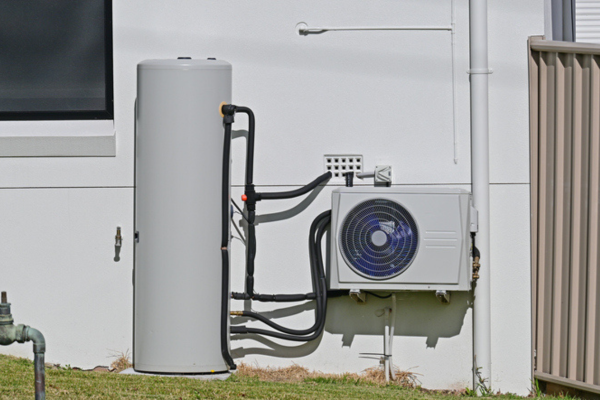
A home fuel cell system is a compact unit that generates electricity through an electrochemical reaction, typically using hydrogen or natural gas. The process produces heat as a by-product, which can be harnessed to supply hot water to the home. This integration of power generation and water heating offers a dual benefit, making it an appealing option for energy-conscious homeowners.
How Do They Work?
The fuel cell operates by converting gas into electricity. The heat generated during this process is captured and directed into a hot water storage tank. This method ensures a constant supply of hot water, as the system operates continuously to meet the home’s energy demands.
Current Applications in Australia
While home fuel cell systems are still emerging in the Australian market, there have been notable developments. For instance, the Australian Gas Infrastructure Group (AGIG) has demonstrated a 100% hydrogen-powered home, showcasing the potential of hydrogen as a clean energy source for residential applications.
Benefits
- Dual Functionality: Simultaneously generates electricity and provides hot water.
- Energy Efficiency: Utilises waste heat for water heating, improving overall system efficiency.
- Reduced Carbon Footprint: When powered by renewable hydrogen, it offers a low-emission energy solution.
- Energy Independence: Potential to reduce reliance on the grid, especially when integrated with renewable energy sources like solar panels.
Considerations
- High Initial Cost: The installation of home fuel cell systems can be expensive, with prices ranging from $30,000 to $40,000.
- Space Requirements: Adequate space is needed for installation, including the fuel cell unit and associated infrastructure.
- Maintenance: Regular maintenance is essential to ensure optimal performance and longevity of the system.
- Hydrogen Supply: Access to a consistent and renewable hydrogen supply is crucial for the system’s operation.
Installation Requirements
Installing a home fuel cell system involves integrating the unit with the home’s existing infrastructure. This includes connecting the fuel cell to a hot water storage tank and ensuring compatibility with other energy systems in the home. Professional installation by certified technicians is recommended to meet safety and efficiency standards.
Future Outlook
The adoption of home fuel cell systems in Australia is expected to grow as technology advances and costs decrease. Government incentives and increasing consumer demand for sustainable energy solutions are likely to drive this growth. As the infrastructure for hydrogen production and distribution expands, home fuel cells could become a more accessible option for homeowners seeking energy independence and reduced environmental impact.





